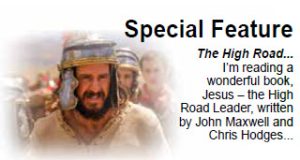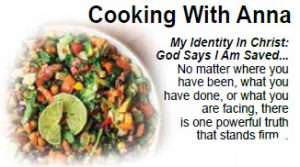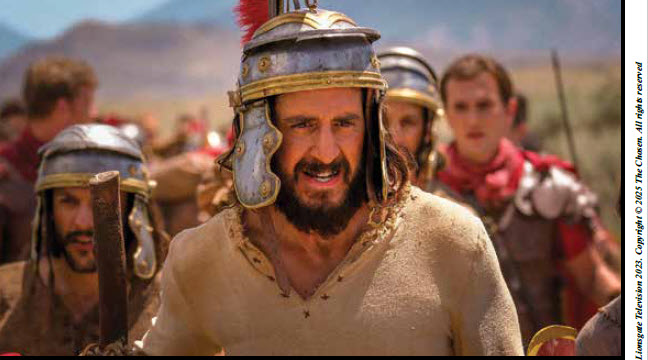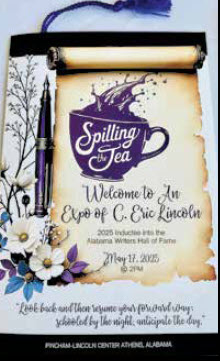 By: Deb Kitchenmaster
By: Deb Kitchenmaster
“Eat like a horse.” That’s a quote expressing someone having a very healthy appetite, eating a lot, or overindulging. What we eat and what our horse eats is important. Let’s talk about both.
In Psalm 23, the LORD is referred to as our Shepherd. According to the Amplified Bible there are three things our Shepherd is personally involved in. He feeds, guides, and shields us. In Psalm 34:8, it says, “O Taste and see that the LORD is good. Blessed is the man who trusts in Him!” Another morsel of God’s Word is found in Psalm 103:5. I quote, “Praise the LORD, O my soul, and forget not all his benefits. Who forgives all your sins and heals all your diseases; who redeems your life from the pit and crowns you with love and compassion, who satisfies your mouth with good things so that your youth is renewed like the eagle’s.” I had not connected the dots between having my youth renewed with MY MOUTH! Plus the freedom from performance to the process compared to molting. That’s worth chewing on. Pun intended.
What about the horse? Horses are meant to eat roughage. A horse is designed to eat one to two percent of their body weight in roughage every day. The average thousand-pound horse that relies on hay for all their forage will need fifteen to twenty pounds of hay per day. A bale of hay is measured in flakes. A flake will vary according to the size of the flake and the kind of hay. With the use of a scale, you can weigh the hay to know the portion of a bale your horse needs. Measure your horse’s feed by weight using a kitchen or postal scale or by using a scale you can get at your local feed store.
What about timing? Horses have amazing internal clocks! They can be much better timekeepers than their caregivers. Give yourself a two hour sliding time period. For example: first feeding anytime between 5 to 7 a.m.; second feeding between 4 to 6 p.m. Wait an hour or so after your horse has finished a meal before riding/working him. Wait three hours if you are planning a strenuous workout. Blood flow is diverted away from the digestion system, so gut movement slows and colic may be a concern. When feeding a horse after riding or ground work, let your horse cool down completely before feeding. Their breathing should be back to normal. No flared nostrils. Your horse should not feel hot or sweaty. I remove all water access until my horse has cooled down.
What about grain? Good quality hay or pasture is sufficient. However, depending on your horse’s age, teeth condition, how you’re working your horse, and the need for supplements in their diet, grain can be added. Remember the bulk of a horse’s calories should always come from roughage. The racehorse, Secretariat, was known for ingesting 16 quarts of grain per day and 25 pounds of hay! He was a racehorse that was worked daily! The vet made the comment that that was the amount of feed a couple of broodmares would eat daily.
In closing, I want to mention salt and minerals. Providing free-choice loose salt and mineral is a good thing. I say ‘loose’ because the horse’s tongue is not like a cow’s tongue. Their tongue is smooth. A cow’s tongue is scratchy. Cows can work with salt blocks well; horses not so well. Especially when seasons change, you will notice a higher consumption of salt and minerals if they are available at free choice. Horses will use the free-choice salt and minerals to balance their systems when they need to. I have containers in each stall providing free-choice salt and minerals. In the pasture I provide a ground feeder with loose salt and another one for loose minerals.
YOU ARE WHAT YOU EAT is a book dated back to 1826 about the physiology of taste. Food provides your body and your mind with what you need. Eat well — both spiritually and physically. And remember, feed your horse.










 June 20, 2025
June 20, 2025



